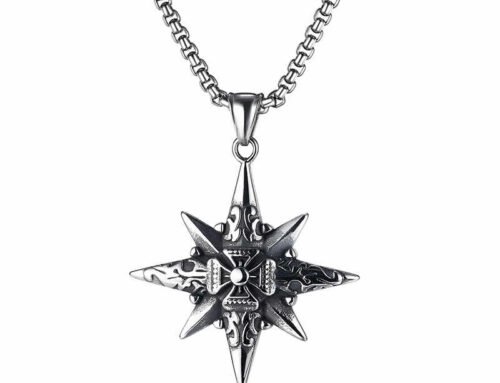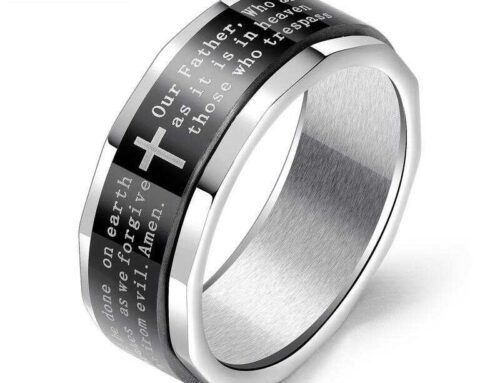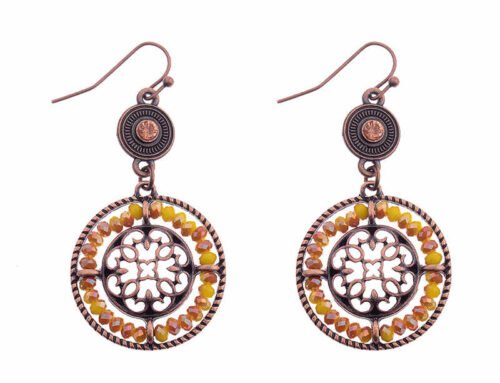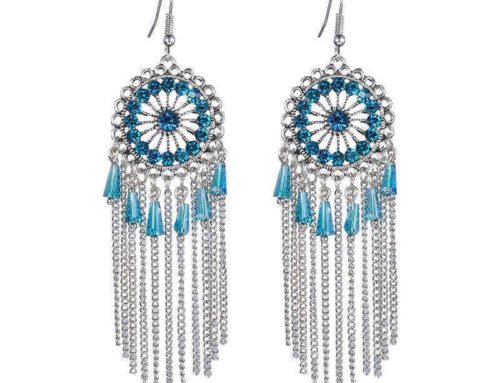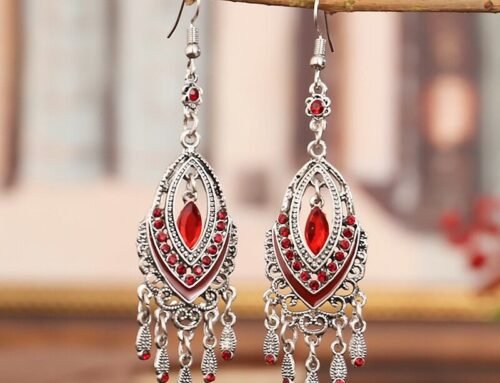The Art and Science Behind Alloy Jewelry: A Step-by-Step Guide to Crafting Timeless Pieces
Alloy jewelry has become a staple in the fashion world, offering durability, affordability, and endless design possibilities. But have you ever wondered how these shimmering accessories are made? From raw materials to finished products, the journey of alloy jewelry involves meticulous craftsmanship and advanced technology. Let’s dive into the fascinating(production process) of alloy jewelry.
1.Design Conceptualization
Every piece of jewelry begins with an idea. Designers sketch intricate patterns or use CAD (Computer-Aided Design) software to create 3D models. This stage focuses on aesthetics, wearability, and structural integrity. Trends, cultural motifs, or client-specific requests often inspire the final design.
2. Material Selection
Alloys—a blend of metals like copper, zinc, nickel, or silver—are chosen for their properties. Common choices include:
– Brass (copper + zinc): Known for its gold-like appearance.
– Stainless Steel: Hypoallergenic and corrosion-resistant.
– Sterling Silver Alloys: Mixed with copper for added strength.
Eco-friendly brands may opt for lead-free or recycled alloys to reduce environmental impact.
3. Prototype Development
A wax or resin prototype is crafted using 3D printing or traditional carving techniques. This model allows artisans to refine details and test proportions before mass production.
4. Casting Process
The lost-wax casting method is widely used:
1. The prototype is encased in a heat-resistant plaster mold.
2. Wax is melted out, leaving a cavity.
3. Molten alloy is poured into the mold.
4. After cooling, the mold is broken to reveal the raw jewelry piece.
For intricate designs, electroforming—a process that builds metal layers via electrolysis—may be employed.
5. Finishing Touches
– Polishing: Machines or hand tools smooth rough edges and enhance shine.
– Plating: To achieve gold, rose gold, or rhodium finishes, pieces are electroplated with precious metals.
– Oxidation: A chemical treatment adds antique or textured effects.
6. Quality Control
Each piece undergoes rigorous inspection:
– Durability Tests: Checking for scratches, bends, or discoloration.
– Safety Checks: Ensuring compliance with nickel-free or hypoallergenic standards.
– Aesthetic Review: Verifying symmetry, stone settings (if any), and surface gloss.
7. Packaging & Sustainability
Eco-conscious brands prioritize biodegradable boxes, recycled tags, or reusable pouches. Laser engraving or certificates of authenticity may be added for premium collections.
Why Alloy Jewelry?
– Versatility: Mimics luxury metals at a fraction of the cost.
– Customization: Easily adapts to trends with plating and finishes.
– Longevity: Resists tarnish and daily wear.
From runway looks to everyday staples, alloy jewelry bridges artistry and accessibility. Next time you slip on that stylish necklace or cuff bracelet, remember the science and passion forged into every curve and sparkle.
